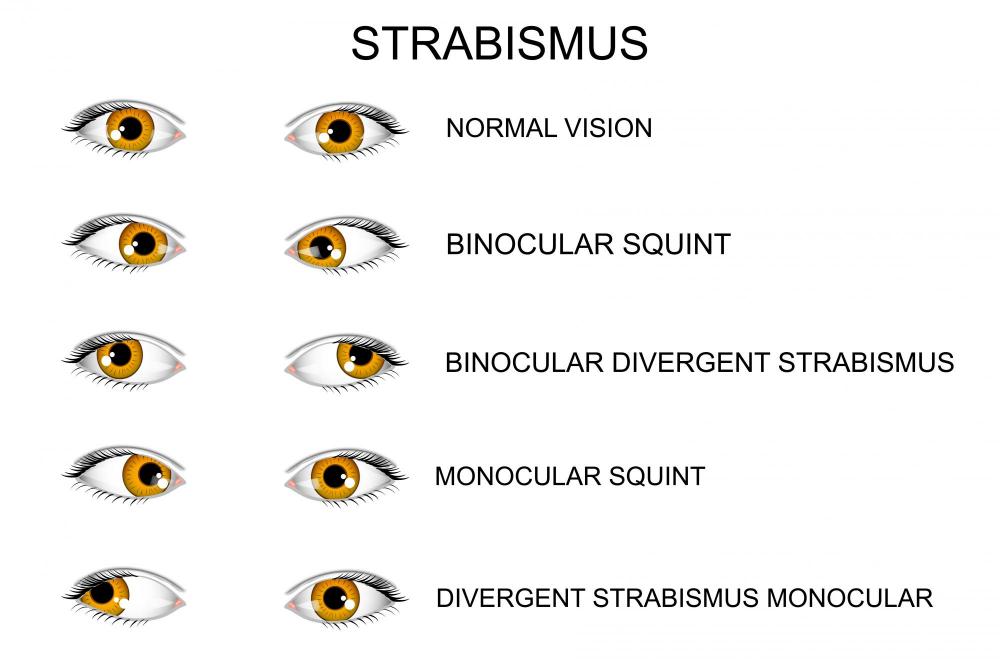There are three primary types of vision: binocular, monocular, and trinocular. Binocular vision occurs when two eyes are able to see the same object at the same time.
Monocular vision occurs when one eye sees only one object at a time, while trinocular vision includes seeing three objects at once. Must Buy TheyaVue
Side-to-side vision lets you see what’s on the opposite side of your body, while upside down vision lets you see what’s on the top of your head.
Straight ahead vision is the most common type, and it’s what we use to look at things in our everyday lives.
However, when people with vision loss need to see things that are right in front of them, they often use a combination of the others.
For example, you might use straight ahead vision to see a book on the shelf. Then you might turn sideways to look at the spine of that book.
And then you might turn upside down and look at the cover of that book. Sometimes, people with vision loss have problems seeing things at the same distance because light is scattered by the eyes.
This type of eye disease is called presbyopia. It usually occurs after age 40 and makes it difficult to focus on close objects.
Types Of Vision:
Emmetropia
If you have emmetropia it means you have ideal distance vision and don’t need lenses to correct your vision.
Nearsightedness
If you are nearsighted it means that you can see well up close, but things at a distance appear blurry.
Nearsightedness occurs when the cornea (the front of the eye) is too steep, or the eye is too long, and the light rays focus in front of the retina, rather than on the retina as they should.
This condition can be corrected by glasses, contacts, lens implants or LASIK.
Farsightedness
If you are farsighted it means you can see well at a distance, but things up close are blurry.
Farsightedness occurs when the cornea (the front of the eye) is too flat or the eye is too short, and the light rays focus behind the retina, rather than on the retina as they should.
This condition can be corrected by glasses, contacts, lens implants, or in some cases LASIK.
Astigmatism
If you have astigmatism it means that your eye is not round, and instead is shaped like a football.
This causes some of the light rays to focus on the retina and some to focus in front or behind the retina.
This visual distortion can produce shadows, double images, or ghosting. Often people will have astigmatism combined with nearsightedness or farsightedness.
This condition can be corrected by glasses, contacts, lens implants or in many cases LASIK.
Presbyopia
Sometime between the ages of 40-50 people start to have difficulty with reading vision. As the eye ages, the lens in the eye becomes harder, so the muscles have a more difficult time focusing the lens. This is called presbyopia.
This condition can be corrected with reading glasses, contacts, lens implants and in some cases LASIK.
